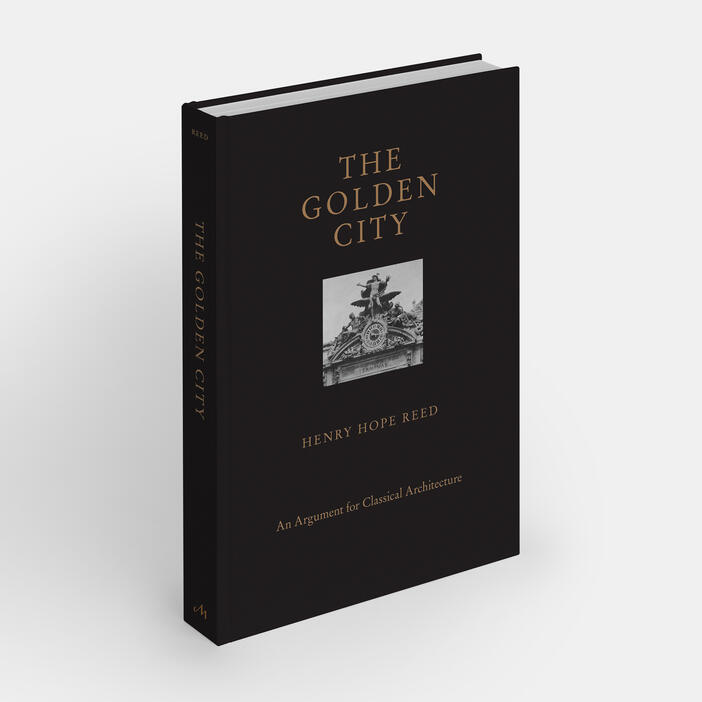
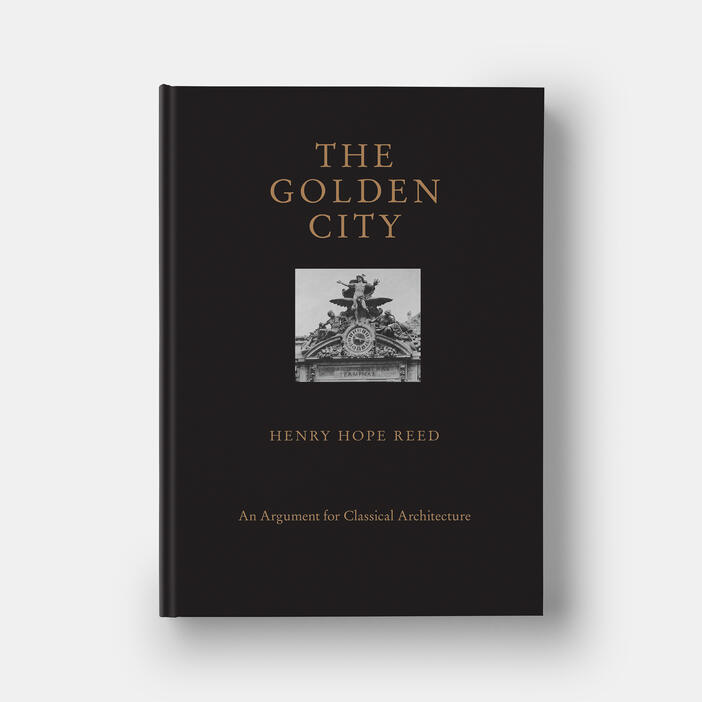
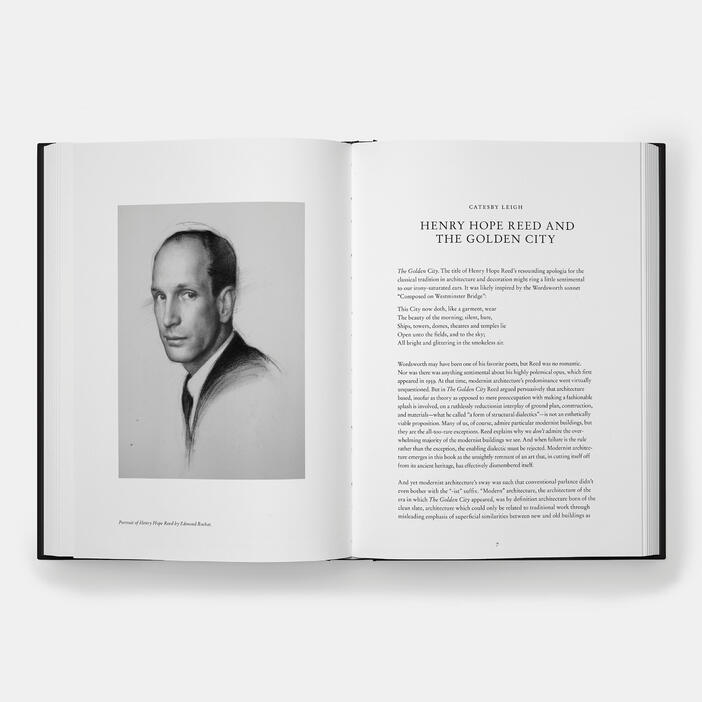
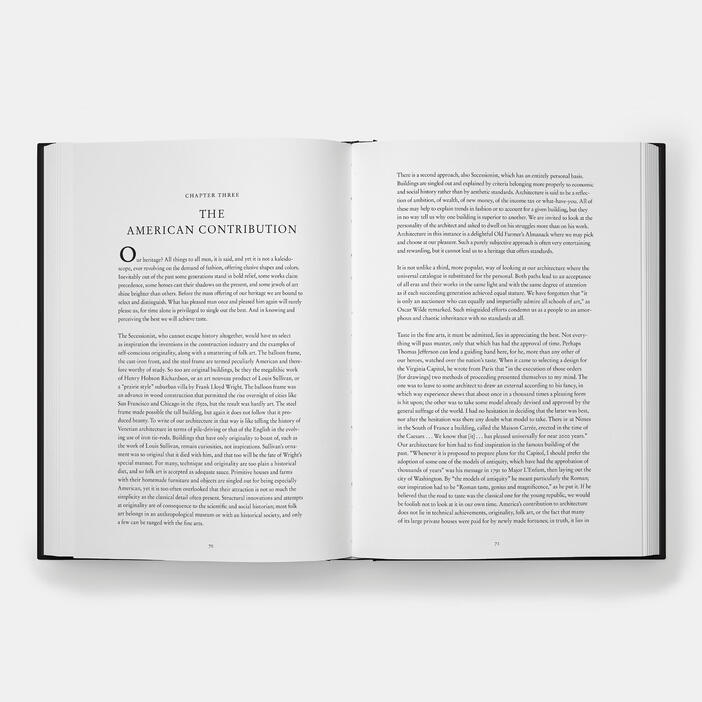
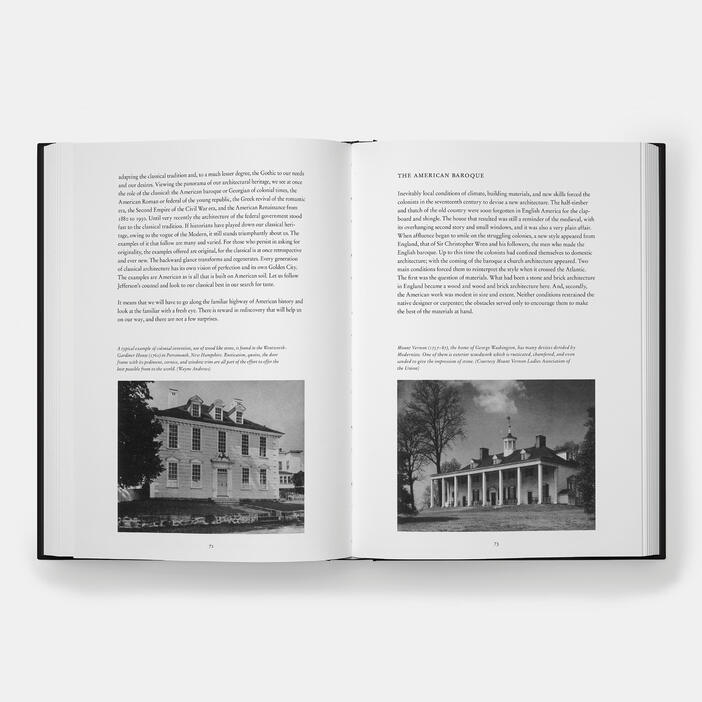
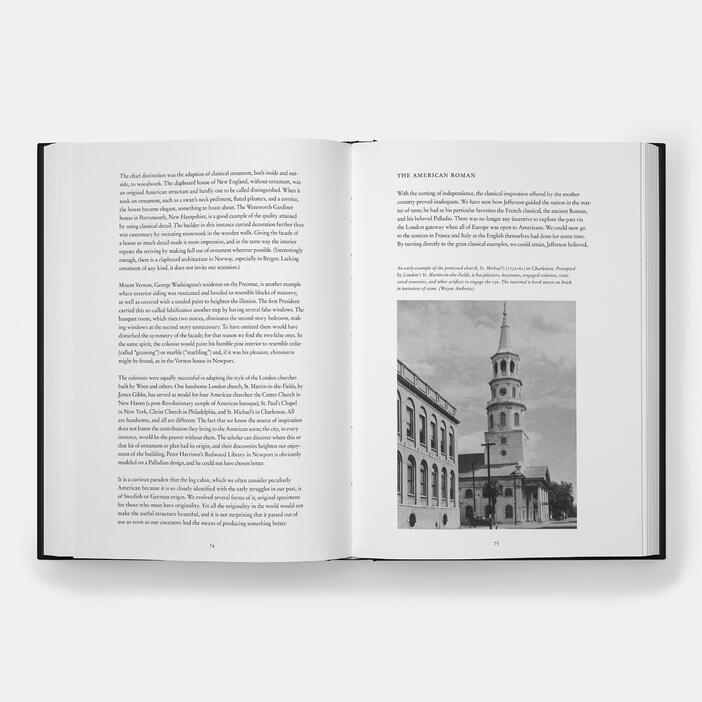
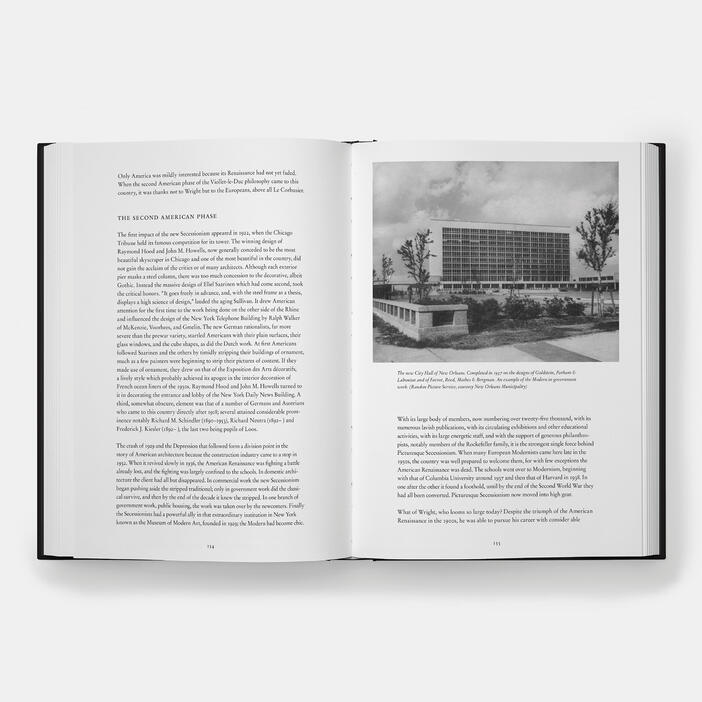
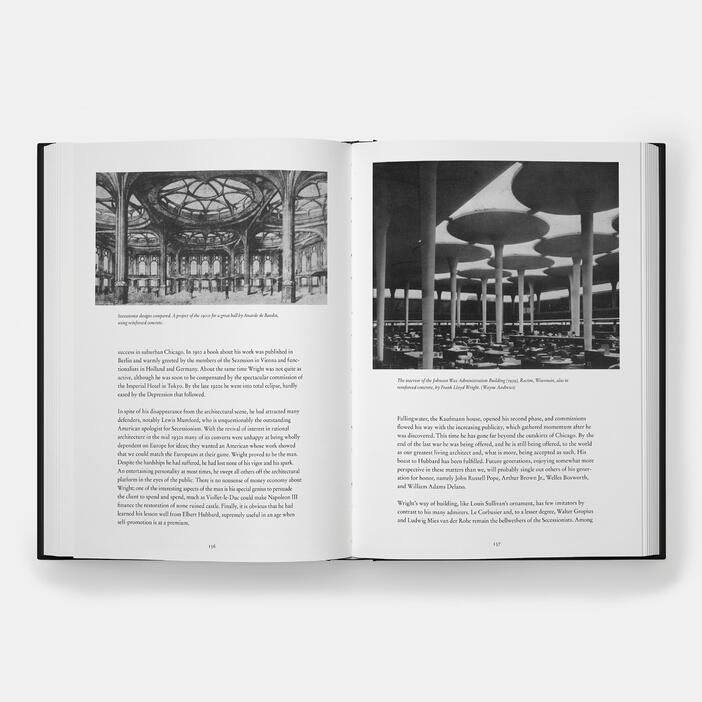
















The Golden City: An Argument for Classical Architecture
Price AUD$59.95 Price CAD$51.00 Price £29.95 Price €34.95 Price USD$40.00 Price T40.00
A controversial manifesto on the role of classical principles in architecture critically examined for relevance today
First published in 1959, The Golden City is a seminal, critical document that developed one of the earliest and most compelling arguments against the then-dominant hegemony of modernism by reawakening interest in the value of our country's built patrimony, particularly with respect to its notable classical architecture, classical sculpture, and ornament in the built environment. The book's argument remains valuable today.
The Golden City can be credited with building the constituency for the preservation movement in the United States in general, and in New York City in particular. That constituency coalesced around Reed's powerful polemic, eventually contributing to the formulation in 1965 of New York City's groundbreaking Landmark Law, one of the most important milestones in the preservation movement in the United States.
Specifications:- Format: Hardback
- Size: 286 × 225 mm (1117/64 × 855/64 in)
- Pages: 192 pp
- Illustrations: 100 illustrations
- ISBN: 9781580935395
Henry Hope Reed (1915-2013) was an architectural historian critic known for his advocacy of classical architecture and his outspoken criticism of modernist architecture. A lifelong New Yorker, he pioneered architectural walking tours of the city under the auspices of the Municipal Art Society and served as curator of Central Park. In 1968 he founded Classical America, an advocacy group that has evolved into the Institute for Classical Architecture and Art with fifteen chapters nationwide. Under the auspices of the Classical America Series in Art and Architecture, he published in-depth studies of the art and architecture of major classical buildings including the U.S. Capitol, the Library of Congress, and the New York Public Library.
‘A new sixtieth-anniversary edition . . . handsomely produced by The Monacelli Press and augmented with [new] essays.’ - The New Criterion